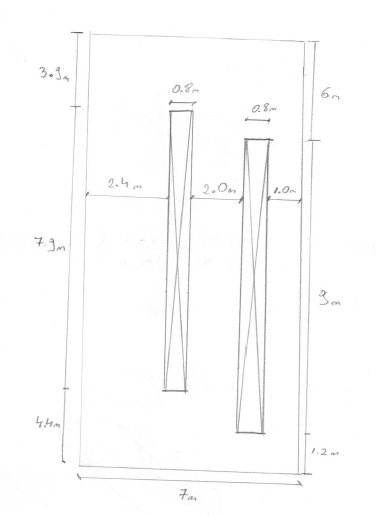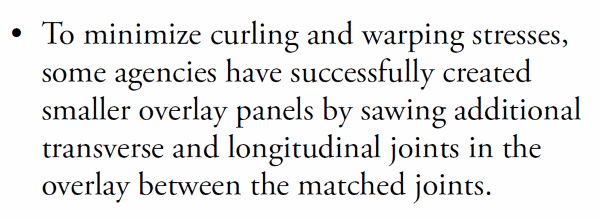Hi all.
My questions are regarding contraction joints in structural topping. I am completely new to this topic. Contraction was to lay bonded structural topping (the thickness between 25 up to 50 mm on an in-situ slab) and forgot to apply contraction joints. The topping cracked and they have to lay a new one. The slab has openings as shown on the drawings.
1. They intend to apply contraction joints every 3 m. ,every joint running along the shorter side of the room . The contraction joints will not be aligned with the openings edges. Can it be like that? Are the joints not supposed to match the edges of the openings?
2. They intend to put a mesh ,just in case. I always thought that in bonded system a mesh is not used. If it is ok to use mesh what maximum thickness would be allowed so there is not too much steel in the concrete.
3. Aren’t joints between the topping and the walls supposed to be also applied?


![[idea] [idea] [idea]](/data/assets/smilies/idea.gif)
![[r2d2] [r2d2] [r2d2]](/data/assets/smilies/r2d2.gif)

